'A wonderful reminder of what the countryside could and should be': The 200-year-old watercolour of a world fast disappearing
Christopher Price of the Rare Breed Survival Trust on the bucolic beauty of The Magic Apple Tree by Samuel Palmer, which he nominates as his favourite painting.


Christopher Price on 'The Magic Apple Tree' by Samuel Palmer
‘This is a wonderful reminder of what the countryside could and should be. It goes beyond portraying a standard bucolic pastoral scene to show us land shared between the production of food and fibre and wonders of Nature.
'In the foreground, we see half a dozen sheep of what appear to be some now lost black-faced longwool breed – given the location of the painting, possibly a black-faced relation of the modern Romney. In the background is the part-harvested corn. Both are embedded in a magical wilder landscape, dominated by long-established trees, one the titular apple, weighed down by its fruit.
'Here, there is no competition between production and Nature, they are part of one whole, as they should be.’
Christopher Price is CEO of the Rare Breeds Survival Trust
Charlotte Mullins comments on 'The Magic Apple Tree'
Samuel Palmer’s small watercolour glows with his intense vision of Nature as a God-given place. A shepherdess plays her pipe next to a small flock of sheep that doze in the shade. It is late summer — the corn in the distant fields is being bundled into sheaves and the apple tree is heavy with fruit. Its laden trunk curves into the centre of the painting and pulses orange, partially obscuring the tall church spire that is the true heart of the work. Nature radiates magnificence and although stormy weather approaches (look at those clouds) the church appears as a steadfast beacon.
Palmer grew up in south London and, from an early age, enjoyed taking long walks into the countryside. He settled in the village of Shoreham, Kent, when he was 21 and spent 10 productive years there, channelling the opposing influences of his artist-mentors John Linnell and William Blake. Linnell favoured the close observation of Nature, but Blake looked for a more spiritual connection and it was towards Blake that Palmer’s art migrated. Palmer was an avid fan of the older artist, seeing in his work ‘visions of little dells, and nooks, and corners of Paradise’.
Palmer’s vision of pastoral harmony was out of kilter with the reality of living off the land. In 1830, the year this work was completed, the Swing Riots spread across Kent in a violent protest against low wages, poor working conditions and the mechanisation of farming.
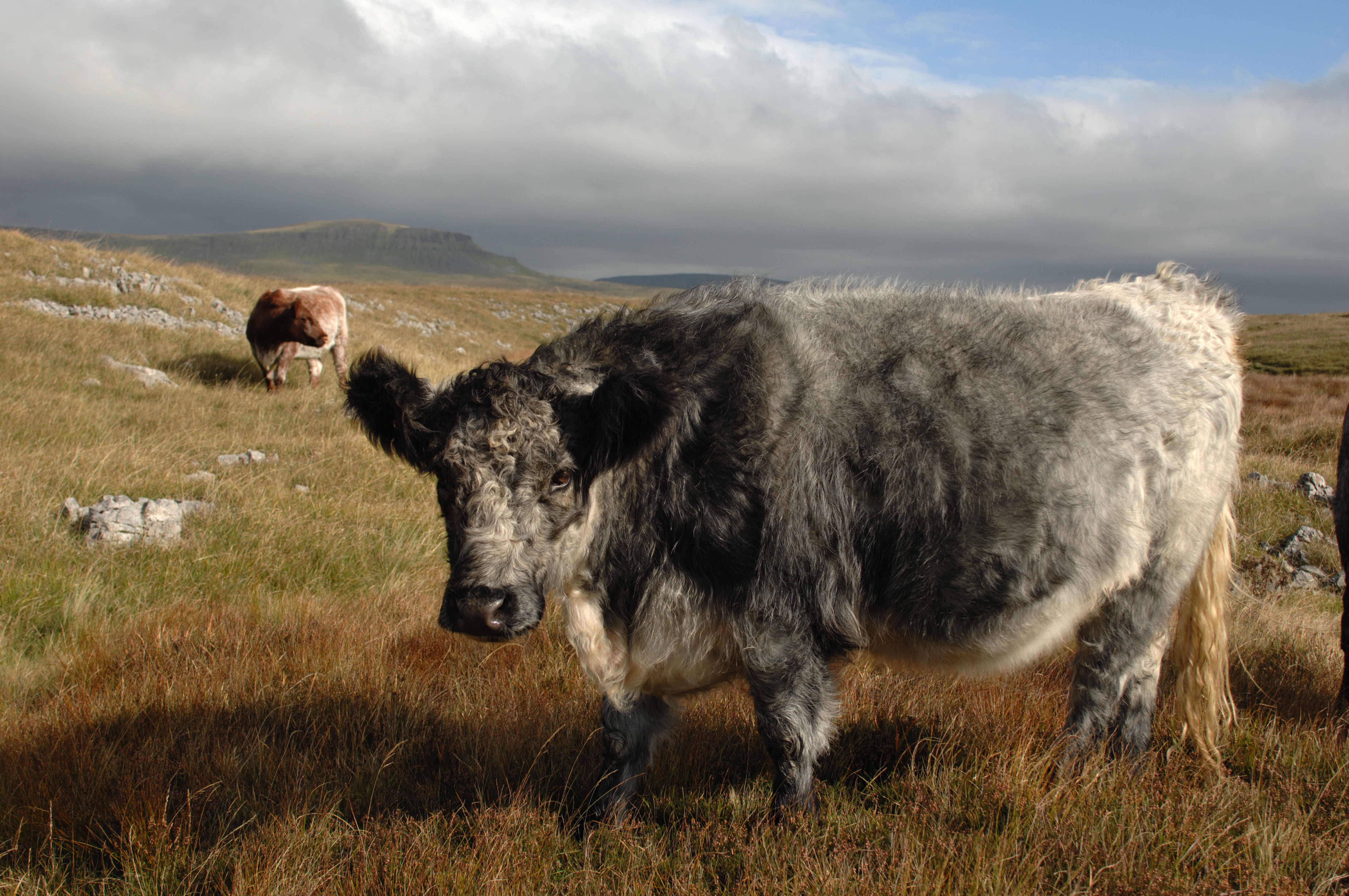
The special alchemy of rare-breed meat, and 10 places of the best places to get hold of it
The surest way to aid the survival of Britain's rare breeds is to support the farmers who rear them – and
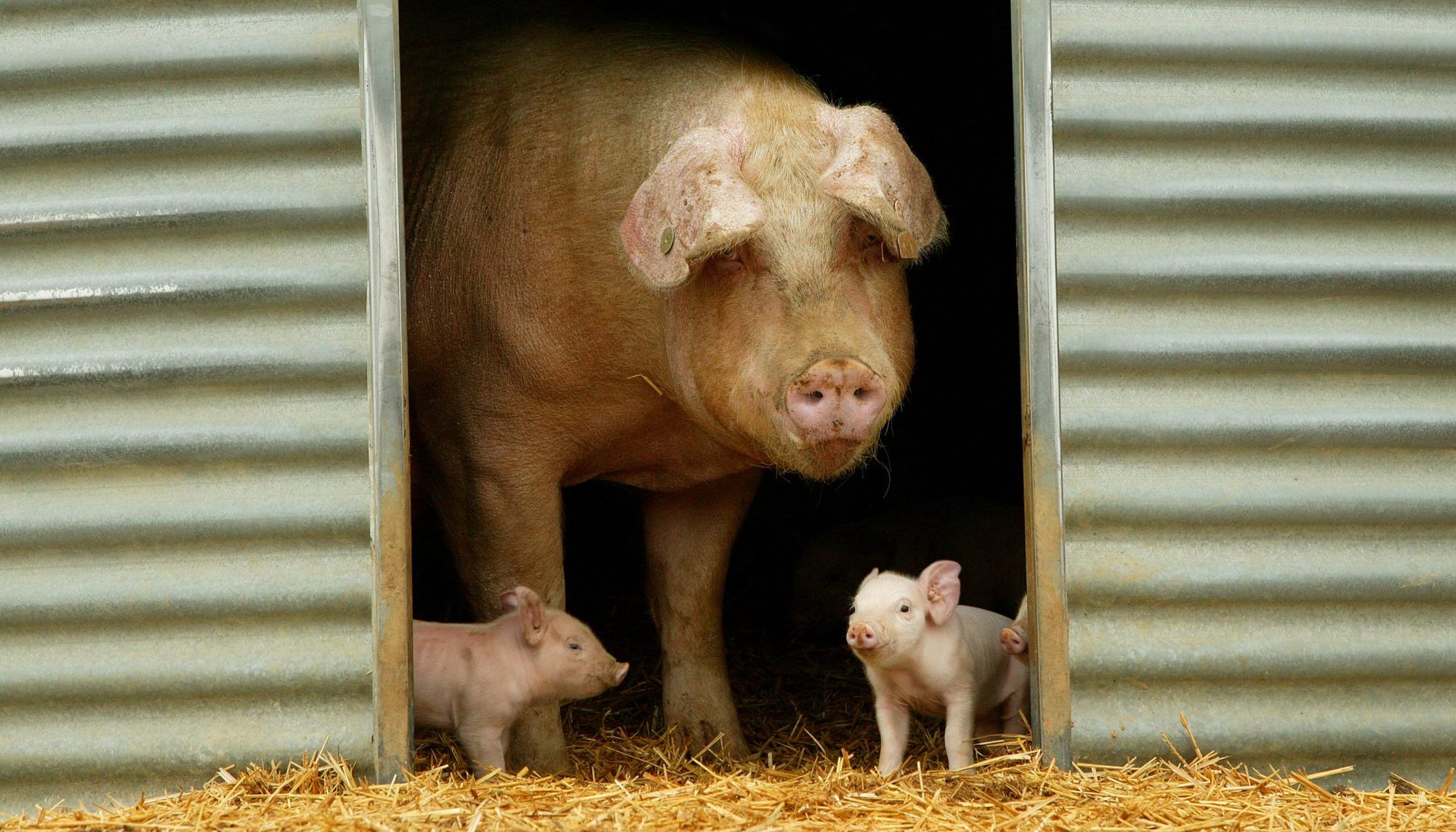
The iconic English pig that is now at serious risk of disappearing forever
The latest Rare Breeds Survival Trust report brings shocking news: the Large White pig, a mainstay of British farms, is
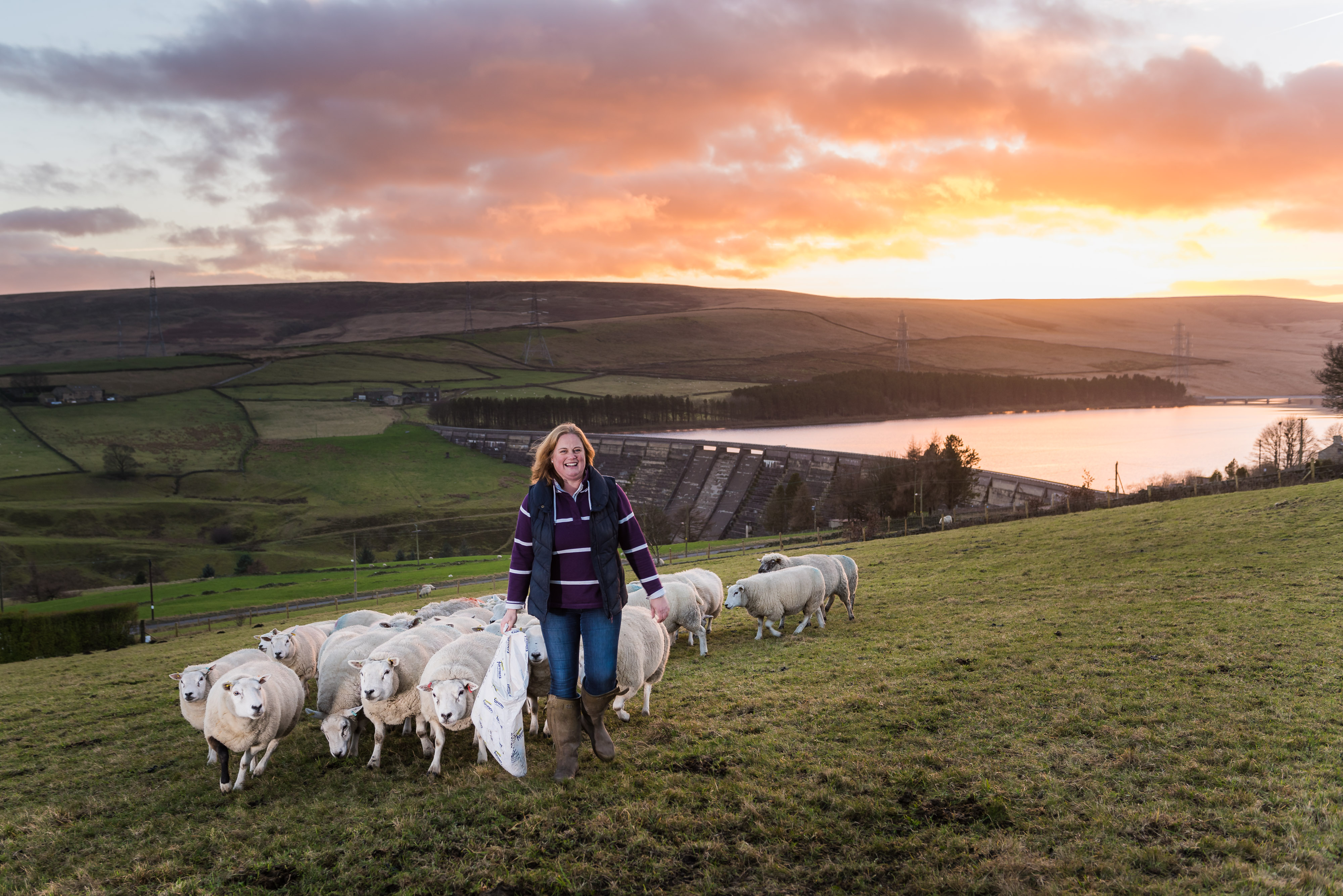
Female farmers: 'It doesn’t matter what sex you are – it’s about whether you’re good at the job'
Female farmers are far from being a rare breed. Not only are they getting their hands dirty but plenty of
Exquisite houses, the beauty of Nature, and how to get the most from your life, straight to your inbox.
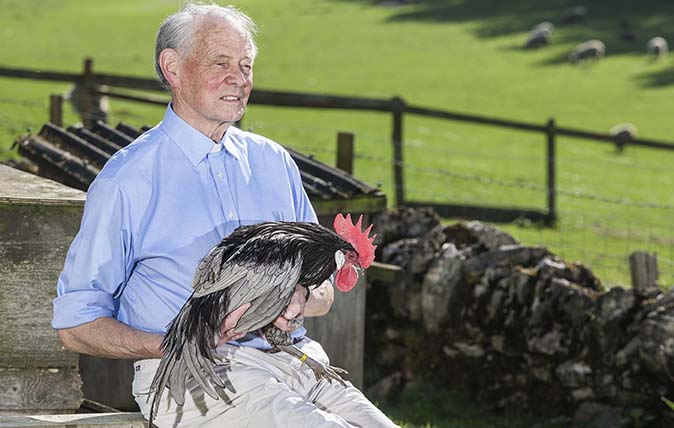
The rare-chicken breeder: 'Watching hens having a dust bath is a delight'
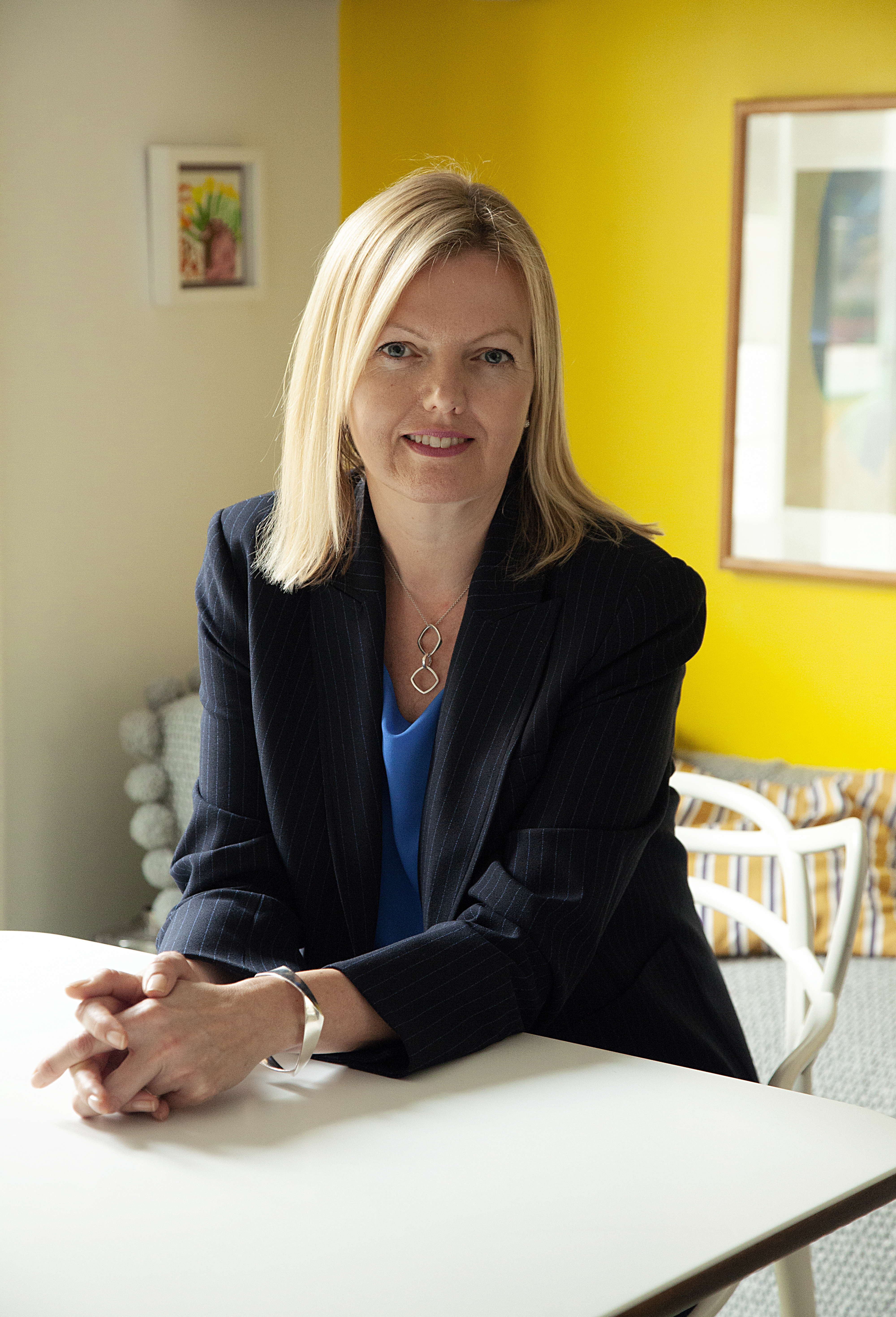
Charlotte Mullins is an art critic, writer and broadcaster. Her latest book, The Art Isles: A 15,000 year story of art in the British Isles, will be published by Yale University Press in October 2025.
-
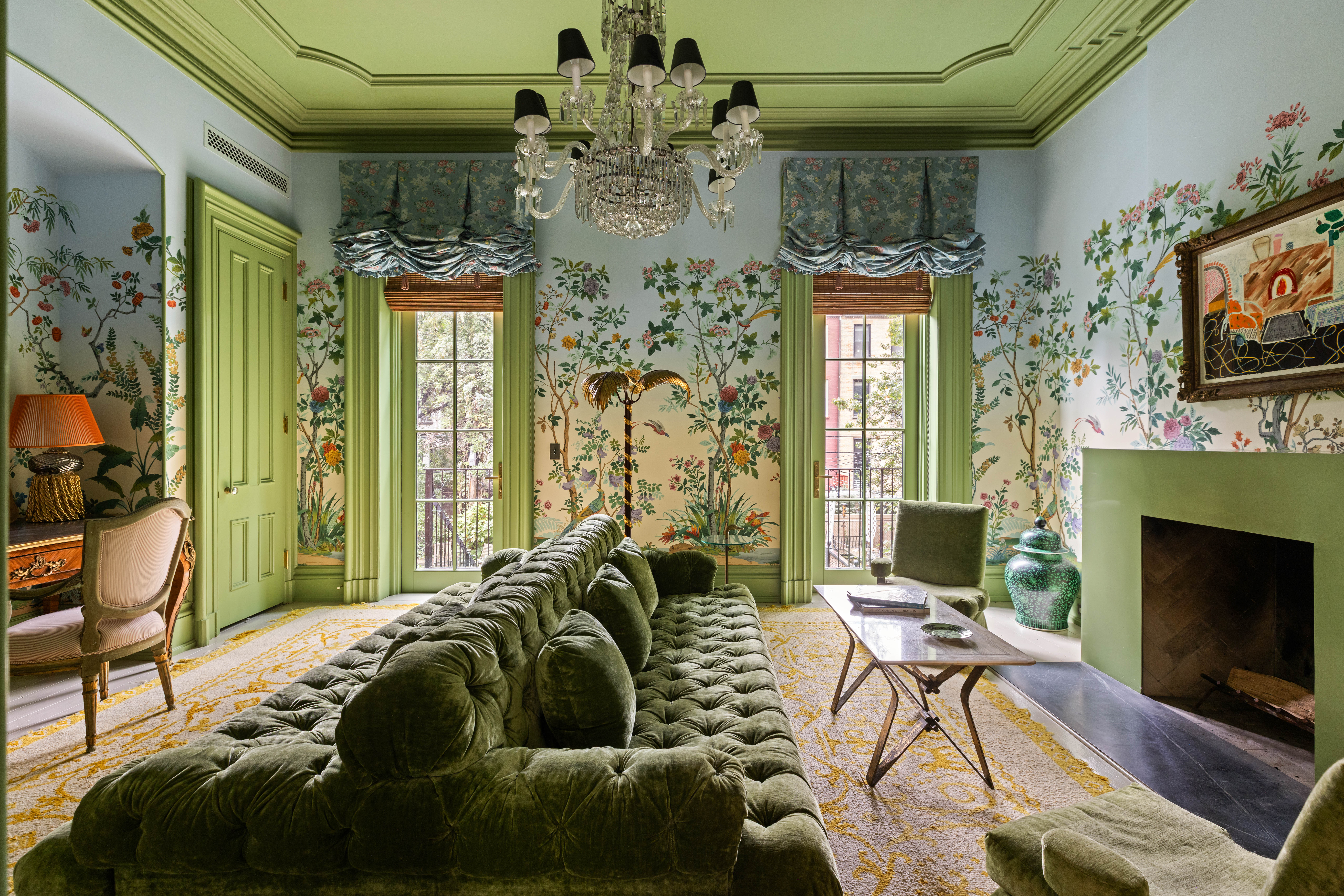 The eclectic New York townhouse that Lily Allen sings about in her new, headline-making album is for sale
The eclectic New York townhouse that Lily Allen sings about in her new, headline-making album is for sale381, Union Street is on the market just days after the singer’s latest album details the alleged infidelity in her marriage.
-
 When did the Titanic sink and other questions. It's the Country Life Quiz of the Day, October 29, 2025
When did the Titanic sink and other questions. It's the Country Life Quiz of the Day, October 29, 2025Test your general knowledge in Wednesday's quiz.
-
 'As a child I wanted to snuggle up with the dogs and be part of it': Alexia Robinson chooses her favourite painting
'As a child I wanted to snuggle up with the dogs and be part of it': Alexia Robinson chooses her favourite paintingAlexia Robinson, founder of Love British Food, chooses an Edwin Landseer classic.
-
 The Pre-Raphaelite painter who swapped 'willowy, nubile women' for stained glass — and created some of the best examples in Britain
The Pre-Raphaelite painter who swapped 'willowy, nubile women' for stained glass — and created some of the best examples in BritainThe painter Edward Burne-Jones turned from paint to glass for much of his career. James Hughes, director of the Victorian Society, chooses a glass masterpiece by Burne-Jones as his favourite 'painting'.
-
 'I can’t look away. I’m captivated': The painter who takes years over each portrait, with the only guarantee being that it won't look like the subject
'I can’t look away. I’m captivated': The painter who takes years over each portrait, with the only guarantee being that it won't look like the subjectFor Country Life's My Favourite Painting slot, the writer Emily Howes chooses a work by a daring and challenging artist: Frank Auerbach.
-
 My Favourite Painting: Rob Houchen
My Favourite Painting: Rob HouchenThe actor Rob Houchen chooses a bold and challenging Egon Schiele work.
-
 My Favourite Painting: Jeremy Clarkson
My Favourite Painting: Jeremy Clarkson'That's why this is my favourite painting. Because it invites you to imagine'
-
 The chair of the National Gallery names his favourite from among the 2,300 masterpieces — and it will come as a bit of a shock
The chair of the National Gallery names his favourite from among the 2,300 masterpieces — and it will come as a bit of a shockAs the National Gallery turns 200, the chair of its board of trustees, John Booth, chooses his favourite painting.
-
 My favourite painting: Andrew Graham-Dixon
My favourite painting: Andrew Graham-Dixon'Lesson Number One: it’s the pictures that baffle and tantalise you that stay in the mind forever .'
-
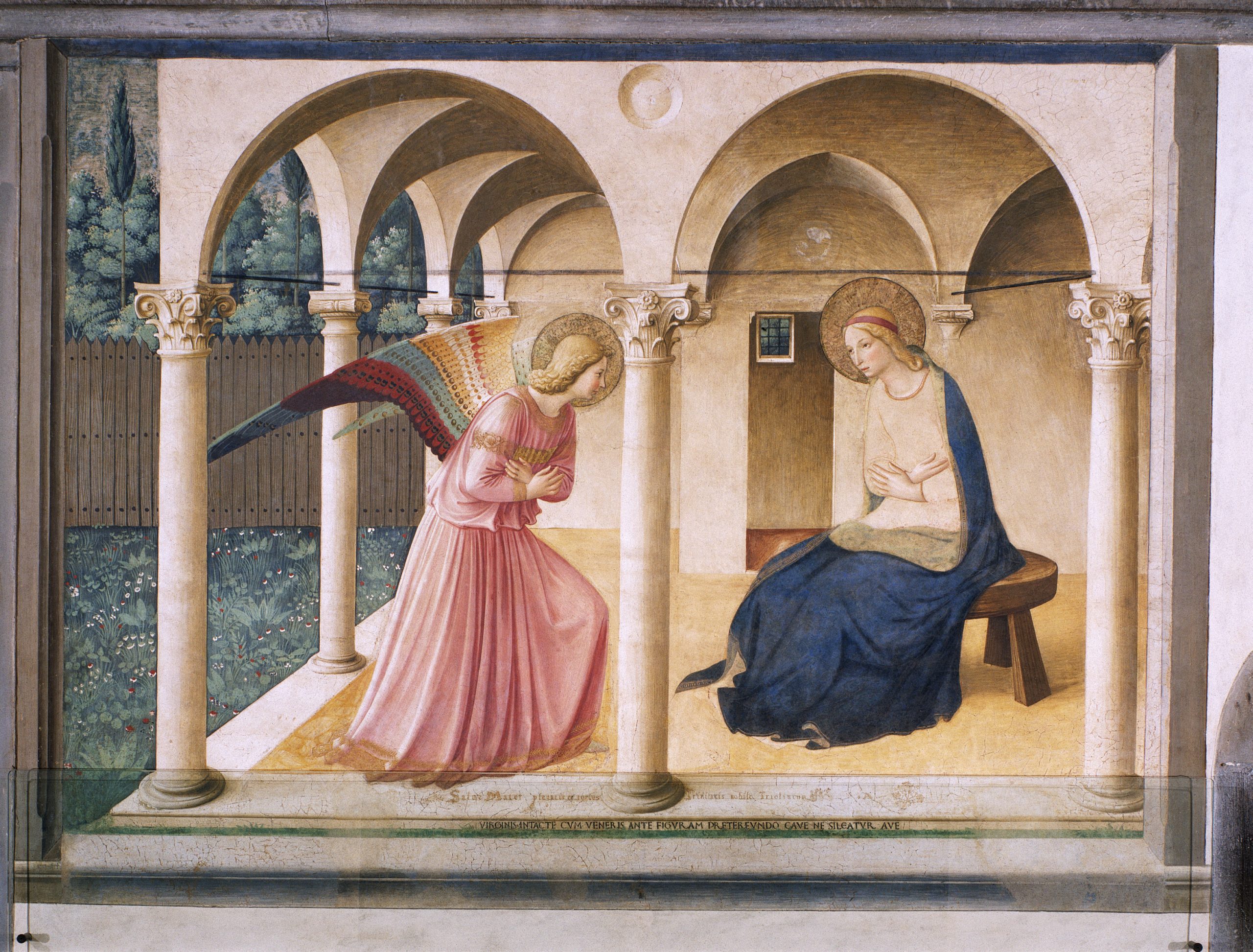 My favourite painting: Sir Alistair Spalding
My favourite painting: Sir Alistair SpaldingThe artistic director of Sadler's Wells chooses a painting created 'purely to aid reflection and contemplation'.